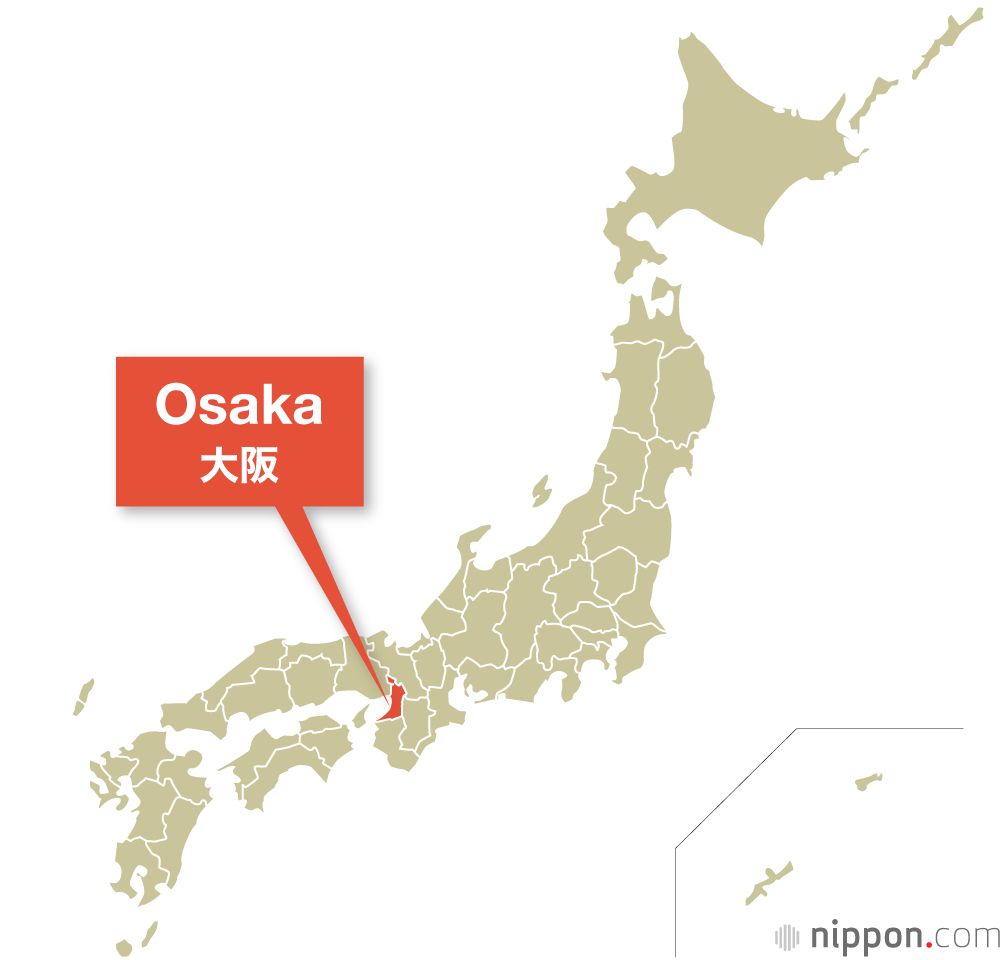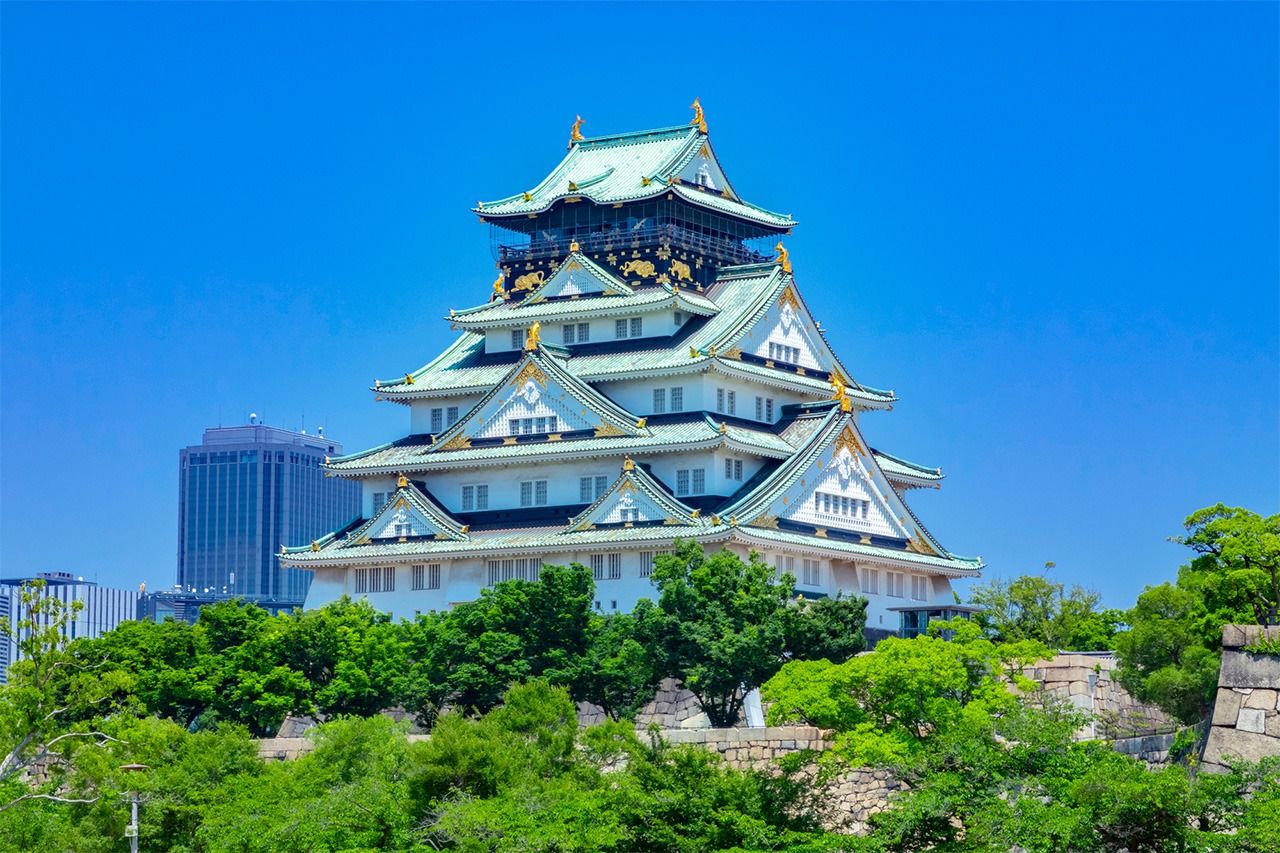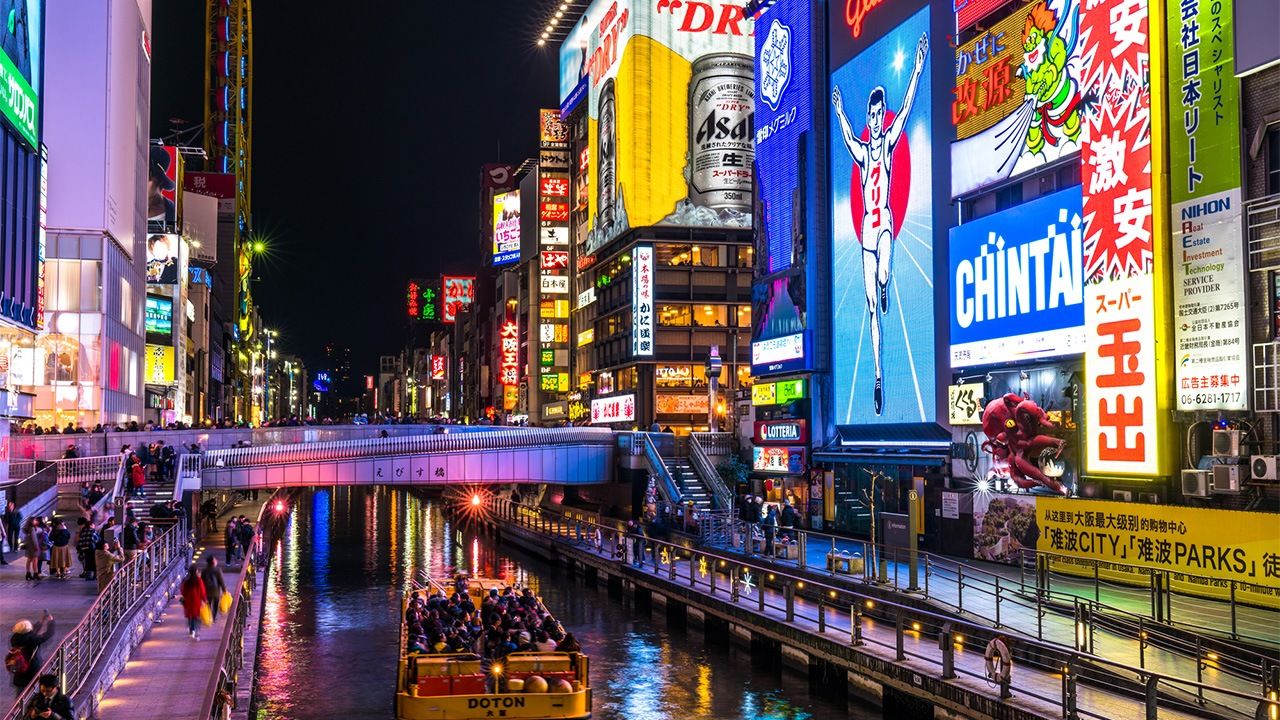
Osaka Prefecture
Guideto Japan
Culture History- English
- 日本語
- 简体字
- 繁體字
- Français
- Español
- العربية
- Русский
As the heavily urbanized heart of the Kansai region, Osaka Prefecture is a commercial and cultural center in the west of Japan. It is one of only two urban prefectures (fu); a referendum to reorganize it into a metropolis (to) like Tokyo was narrowly rejected in 2020. Most of the population lives on Osaka Plain. Kansai International Airport is located on reclaimed land in Osaka Bay, in the west of the prefecture.
Osaka Prefecture at a Glance
- Established in 1871 (formerly Settsu, Kawachi, and Izumi provinces)
- Capital: Osaka
- Population: 8,838,000 (as of Oct. 2020)
- Area: 1,905 km2
Historically, the city of Osaka was Japan’s economic powerhouse. As the base for Toyotomi Hideyoshi, who succeeded in unifying Japan in the sixteenth century, it was also a political center for some years. The reconstructed Osaka Castle, originally built by Hideyoshi, attracts millions of visitors each year. The Minami district, especially its lively Dōtonbori street with its giant billboards and copious entertainment and shopping options, has come to symbolize the city today.
Among Osaka’s popular food options are takoyaki (octopus pieces fried in batter) and okonomiyaki (a pancake-like dish that may be filled with meat or seafood and vegetables). In the Osaka Bay area of the city are leisure destinations like Universal Studios Japan and Osaka Aquarium. Nearby Sakai is home to the prefecture’s first UNESCO World Heritage site, the Mozu-Furuichi Kofun Group of great tombs, including what is thought to be the burial mound of Emperor Nintoku, traditionally held to have reigned during the fourth century.
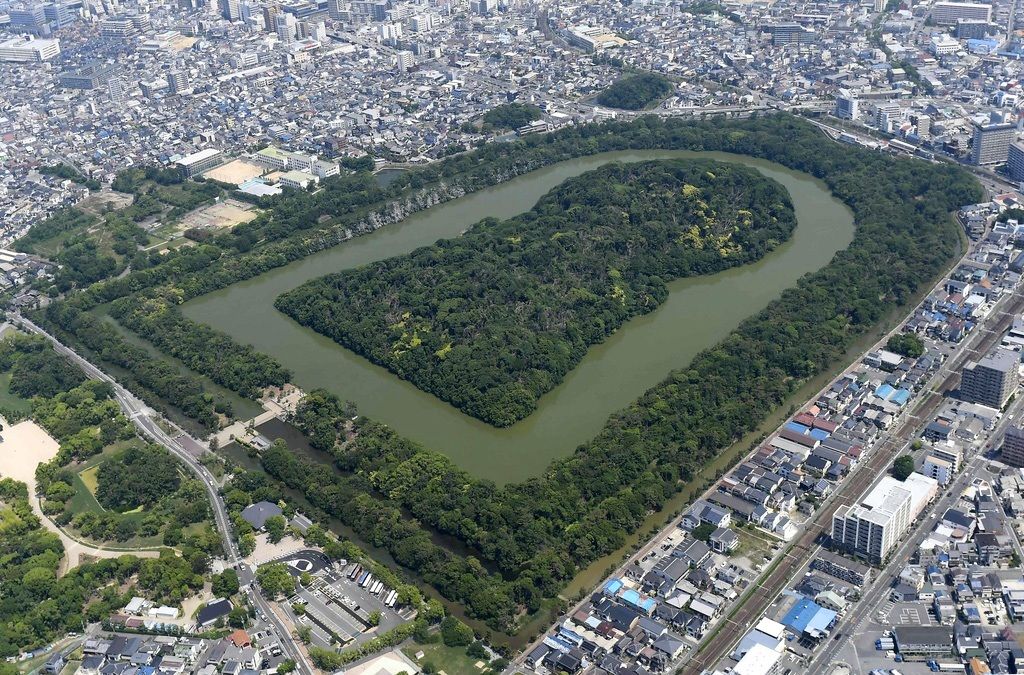
The keyhole-shaped tomb in Sakai, Osaka Prefecture, where Emperor Nintoku is said to be buried. (© Kyōdō)
Major electronics companies like Sharp and Panasonic have their head offices in Osaka Prefecture, but the area is also known for its many small and medium-sized enterprises manufacturing machinery parts and other products. Culturally, Osaka is associated with the bunraku puppet theater tradition that flourished in the city during the Edo period (1603–1868), as well as the quick quips of manzai comedy double acts.
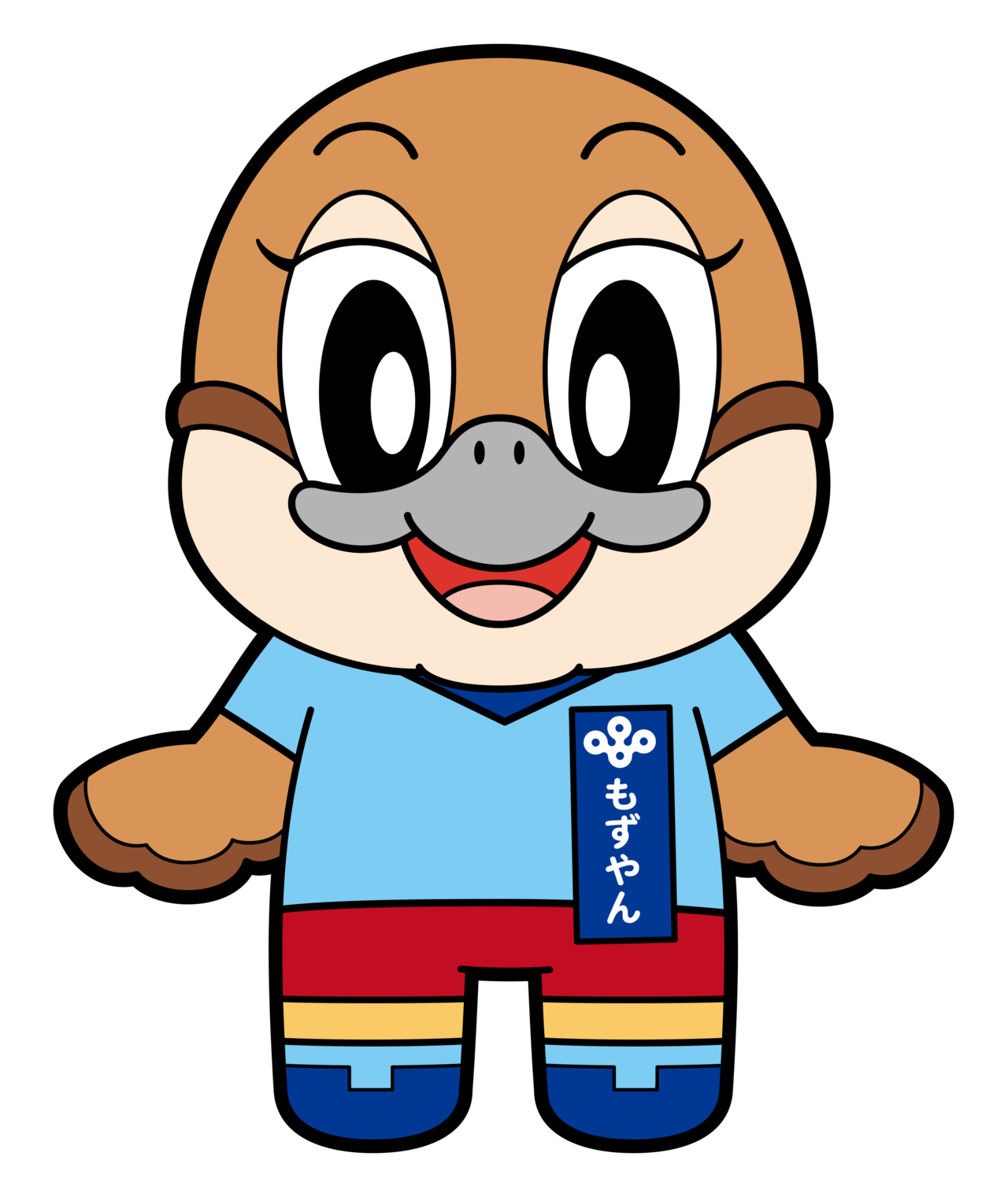
The Osaka Prefecture mascot Mozuyan is based on the mozu, or bull-headed shrike, which is the prefecture’s official bird. The suffix yan is an Osaka variation on the standard Japanese janai, usually used to invite agreement. (Mozuyan © 2014 Osaka Prefecture)
Famous Figures
- Kawabata Yasunari (1899–1972): Author of Yukiguni (trans. by Edward Seidensticker as Snow Country), and Japan’s first winner of the Nobel Prize in Literature.
- Tezuka Osamu (1928–89): Manga artist and animator who created Astro Boy and many other famous characters.
- Ōsaka Naomi (1997–): Tennis player, and the first Japanese player to win a Grand Slam singles title.
(Originally published in English. Banner photo: The Dōtonbori district in Osaka. © Pixta.)
For the complete list of the country’s 47 prefectures, see “The Prefectures of Japan.”
